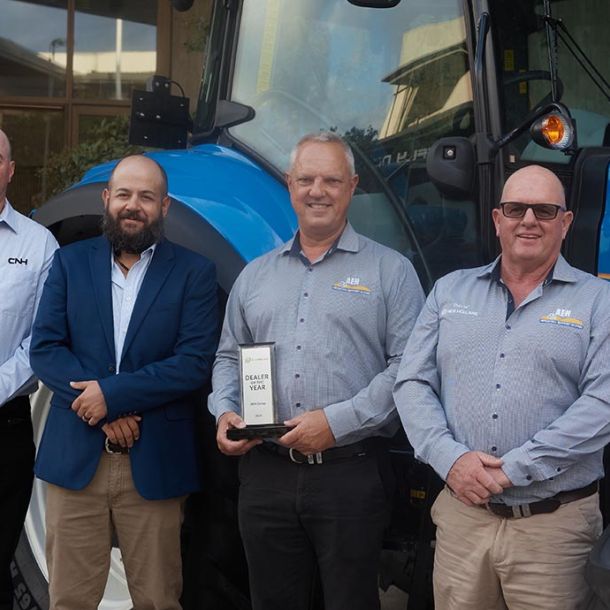Integrated Pest Management (IPM) – Plan Now to Get Ahead of Pests
While more producers have begun to understand the soil-building benefits of stubble retention and reintegration, they have also seen significant changes on how these soil management practices impact the types of pests they combat in their paddocks. Low or no-till systems and stubble trash reintegration build soil profiles by adding humus, minimizing erosion events, and boosting moisture retention.
However, these same soil-boosting benefits also provide an advantage to two tough winter grain crop pests – mice and snails. Recognizing the impact of these pests on cereal crops, and understanding their life cycles and ideal growth conditions, can help producers combat their effects. Building an integrated pest management (IPM) paddock plan that includes light, strategic tillage and stubble management can help keep pest numbers down and reduce their impacts on oilseed and cereal crop yields.
Life Cycle Disruption
Life cycle disruption is an effective way to control many types of pests, including crop damaging mice and harvest machine-clogging snails. For many producers, understanding the life cycles of snails and mice is the first building block to minimising their impact and building a successful management plan.
Warm, rainy spring/summer seasons are ideal for both mice and snails to breed and populations to grow. They both thrive in weedy, heavily vegetated ground, so controlling weeds in paddocks not only helps with crop growth and yield, but with managing pest populations as well.
Food Source Disruption
Another key step in pest management is for producers to know what types of crops are a draw for the pests. Mice thrive on less than 3g of food per day, so excess grains that are lost from a harvester header can provide an easy and attractive buffet for a huge colony of mice. According to Commonwealth Scientific and Industrial Research Organization (CSIRO) turning over the top of the paddock using light tilling will destroy the food supply on the paddock surface and set the paddock back to zero[1].
Similarly, emerging canola crops are a favourite target of snails. Control thresholds for round snails in canola are just 5 animals per square metre[2]. Producers attempting to minimise the snail population and subsequent damage to their canola crops should employ a life cycle or habitat disruptive pest management practice ahead of seeding their crop.
Habitat Disruption
Stubbles do a lot of good for soils, but they also provide a wonderful place for rodents to hide, and a cool, moist place for snails to live. Mechanical disruption of habitats via trash or stubble management techniques can significantly impede snail and mouse population growth.
Working stubbles into the ground, or cutting surface trash into smaller pieces, reduces the habitat mice need to not only procreate, but also to evade predators. Mice’s predation risk increases significantly after even a light to moderate tillage event.
For snails, stubble management tillage on a hot, sunny day – ideally, a hot, sunny day followed by a succession of similarly hot and sunny days – is perfect for bringing hidden snails to the surface and allowing the sun and temperatures to desiccate (dry out) their bodies. Mechanical kill rates for snail populations with this approach can reach between 50-90 per cent kill[3].
Adding light, strategic tillage to your integrated pest management plan can produce noticeable results while helping to retain crop stubbles and reduce the need for costly pesticide options.
Start planning your tillage requirements now. Take a look at K-Line Ag’s range of Speedtillers.








